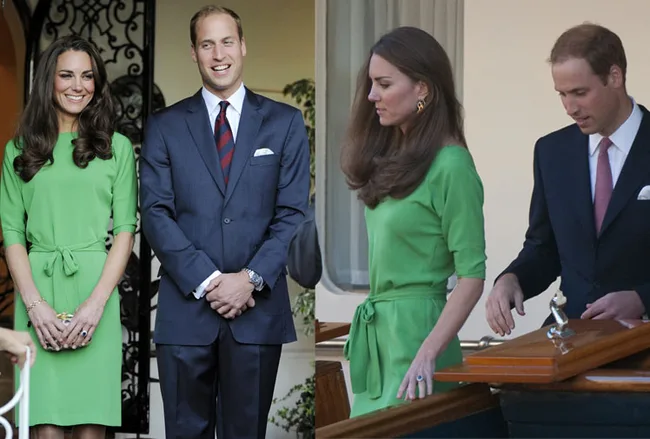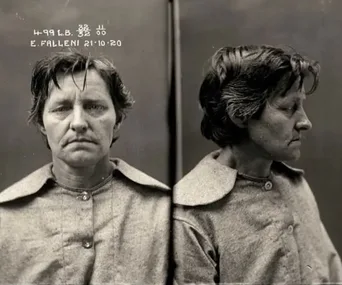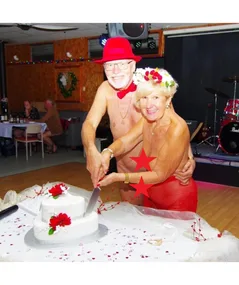It’s dawn in Burma and we’ve climbed hundreds of steps of an 11th-century pagoda to watch the sun rise over Bagan, an ancient city on a great bend in the River Irrawaddy. In the distance, a rugged mountain chain is wreathed in mauve mist, but as the sun appears, the scene is transformed.
Above us, the pagoda’s golden spire, dull and muted in twilight, glows triumphantly. On the dry, dusty plain below, the river shines silver and emerging from the shadows are thousands of pagodas -— some the size of houses, others higher than cathedrals and then there are the mega-structures, memorials to long-gone kings that would stand proud next to an Egyptian pyramid.
Officially, there are 3280 of these pagodas — far too many to visit on a two-day stop-over — and yet it’s a scene of such splendour, it ranks with Cambodia’s Angkor Wat. Sadly, Angkor is overrun by such great multitudes of visitors throughout the year, archaeologists warn it is in danger of sinking into its soft alluvial plain. Bagan, as yet, is untouched by mass tourism.
One of Bagan’s most intriguing temples is the Ananda Pahto. Built in 1105, this perfectly proportioned pagoda houses four 25m-high statues of Buddha, two of them 900 years old. Guides like to point out that if you stand at a distance from the Buddha facing south his face looks sad, but as you approach a smile unfolds on his face — an optical illusion created by ancient master-sculptors.
As our guide takes us back to our hotel in a pony and trap, along dusty tracks passed villages that have changed little in centuries, we stop at a monastery built entirely of teak. Its facade is composed of elaborately carved panels of “dragons” and “demi-gods”, often entwined, reaching for the sky.
This is the Shwedagon, a 100m-high golden stupa that stands triumphantly over the impoverished city — a great beacon of hope for some of world’s most disadvantaged people.
Poor as the villagers are, they invite us to share their mid-morning meal. They have little food as it is, so we decline. Back at the hotel, the Thiripyitsaya Sanctuary Resort, with its huge infinity pool overlooking the river, guests are enjoying lunch on the terrace. For a five-star establishment, it’s a bargain at $130 a night. A bottle of Italian white wine is $40, almost the monthly salary of an average Burmese family.
A two-hour flight south of Bagan is the port of Yangon (formerly Rangoon), the country’s capital, where most visitors begin and end their journey to Burma. After years of neglect and commercial atrophy, Yangon’s grand British colonial buildings are now dilapidated. It’s a smaller, shabbier version of India’s Mumbai, but at the heart of the city is what Somerset Maugham once described as “a sudden hope in the dark night of the soul”.
Covered in tonnes of gold — supposedly more than is currently in the vaults of the Bank of England — the Shwedagon is encrusted with 7435 precious stones. Perched at the top is a 76-carat diamond that catches the early morning sun. Author Rudyard Kipling called it that “beautiful winking wonder” and every day you’ll find Buddhist pilgrims taking at look at the gem through telescopes installed in the temple grounds.
Diamonds aside, the gold at the Shwedagon has more than trebled in value as the price of the precious metal has soared on world markets. It’s now estimated to be worth around $3000 million.
Ironically, it’s the people’s gold. The Burmese may be among the poorest people in Asia, but every week thousands of them bring wafer-thin sheets of gold to rub reverently onto the base of the stupa. Every day the Shwedagon becomes a little richer, the people it seems become a little poorer.
Most of the Burmese live on around a dollar a day. In Yangon, people are a little better off, but are lucky to earn $50 a month. With inflation running at between 25 to 30 percent, every spare cent counts. Only members and supporters of the military junta in Burma enjoy a standard of living equal to ours in the West.
To visit Yangon and not see the Shwedagon would be more than unfortunate, it would be unforgiveable. Like the Taj Mahal, it is one of the wonders of the world. A colourful kaleidoscope of hundreds of temples, porticos, monks in saffron robes, countless Buddha figures in gold, bronze, silver, ivory and painted clay, and processions of pilgrims dressed in ceremonial clothes — all beneath the colossal stupa. It is the Burmese people’s great symbol of hope for a better future.
At Yangon’s most famous hotel, The Strand, little seems to have changed since it was built in 1901 by the Sarkies brothers, also famous for giving Indo-China the legendary Raffles Hotel in Singapore. Behind the neo-classical facade are some seriously gracious interiors — a lobby with a black and white marble floor and Doric columns, several equally elegant reception rooms and a grand staircase leading to its spacious suites that boast four-poster, mahogany, king-sized beds.
It’s a little like stepping back in time — into the Edwardian era, but with life’s little five-star luxuries thrown in. It’s the perfect place to use as a base while exploring Yangon and a great refuge to return to at the end of the day — with its fine dining and atmospheric bar.
High on the Shan Plateau a few hours’ flight north west from Yangon is Lake Inle. It’s a very different world from bustling Yangon or historic Bagan — a great body of luminous water held captive on the “roof of Burma” by a great circle of serrated mountain peaks. Sunny, warm and sparklingly clear by day; it turns deliciously cool at night.
Here, the Intha people have developed their own system of hydroponic agriculture by growing fruit and vegetables on floating gardens on every corner of the lake. They produce some of the finest fruit and vegetables in Asia — organic and so full of flavour, you’ll never forget the taste of its tomatoes, apricots, egg plants, melons — even the green beans and onions. Inle is equally famous for its jewel-coloured silk fabrics.
The Intha people live in villages of teak houses built on stilts over the water, where every street is a canal and every vehicle a canoe. If they had a rush hour, it would be signalled by a series of splashes rather than blaring horns and squealing brakes. At every village, there’s a monastery — some of them built entirely of teak and many hundreds of years old.
If not tending their floating gardens, the Intha people fish with nets and propel their dug-out canoes with one oar wrapped around a leg — a unique method of propulsion found nowhere else in the world.
The best way to explore Inle and its many markets is in a motorised long boat, always available for hire at the lakeside resorts, where most tourists stay. TheInle Princessis run by a Shan princess and her French husband and is reputed to be the best.
Most of the markets are held in the shadow of a shrine, where an ancient colonnade leads from the village to a gilded stupa high on a nearby hill. No wonder, Burma is known as the “Golden Land”. Wherever there are people, there is the glimmer of gold.
Back in Yangon, there’s one last “temple” you have to visit. It’s a shrine to hospitality — a truly beautiful hotel, a grand mansion built of teak known as the Governor’s Residence. Inside, the overhead fans spin, the polished wood and silk wall hangings gleam, and the artwork inspires. But it’s the fine food and exquisite service I look forward to.
Surrounded by a little lake and a sapphire swimming pool, the hotel boasts an expansive balcony that overlooks an exquisite garden. To sit here on a balmy evening and watch the fireflies rise and fall in the subtly lit shrubs below is unforgettable and a great place to mull over your travels in Burma.
Fly: Qantas and Singapore Airlines have daily flights from Australian capital cities to Singapore. Silk Air flies two or three times a day from Singapore to Yangon.
Flights inside Burma: Air Mandalay between Yangon, Nyaung Oo (Bagan), Lake Inlay (Heho) two or three times daily.
Visa: Forms available at Embassy of Myanmar in Canberra or at the embassy website.
Stay: Yangon — The Strand Hotel; The Governor’s Residence.
Bagan — The Thiripyitsaya Sanctuary Resort.
Lake Inle — The Inle Princess Resort.
Newsletter conversion description. Get the latest in your inbox.


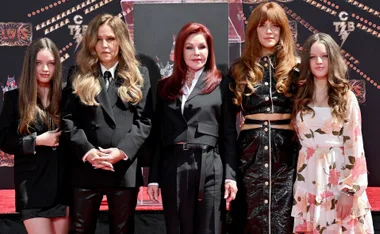







.png?resize=380%2C285)


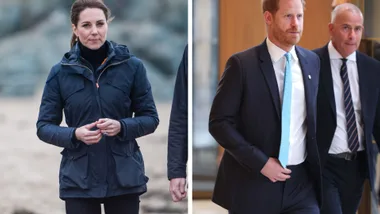
.png?resize=380%2C285)

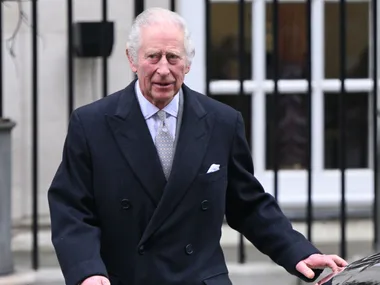
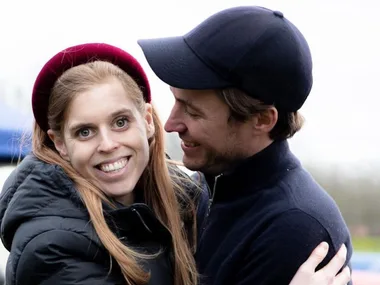

-(2).jpg?resize=380%2C285)
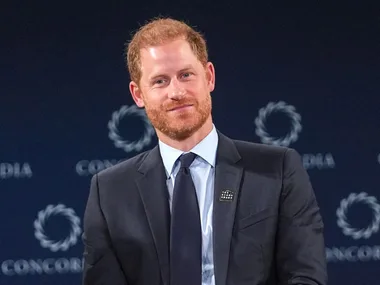
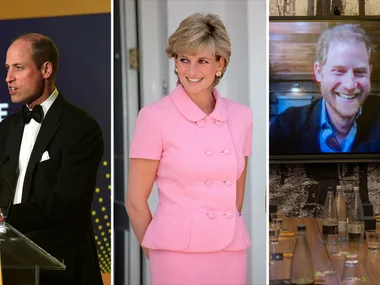





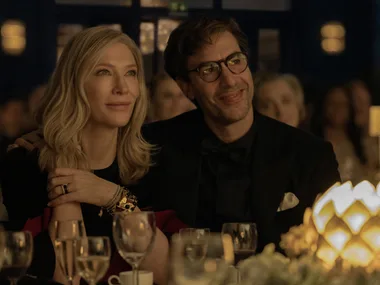





-(1).png?resize=380%2C285)






